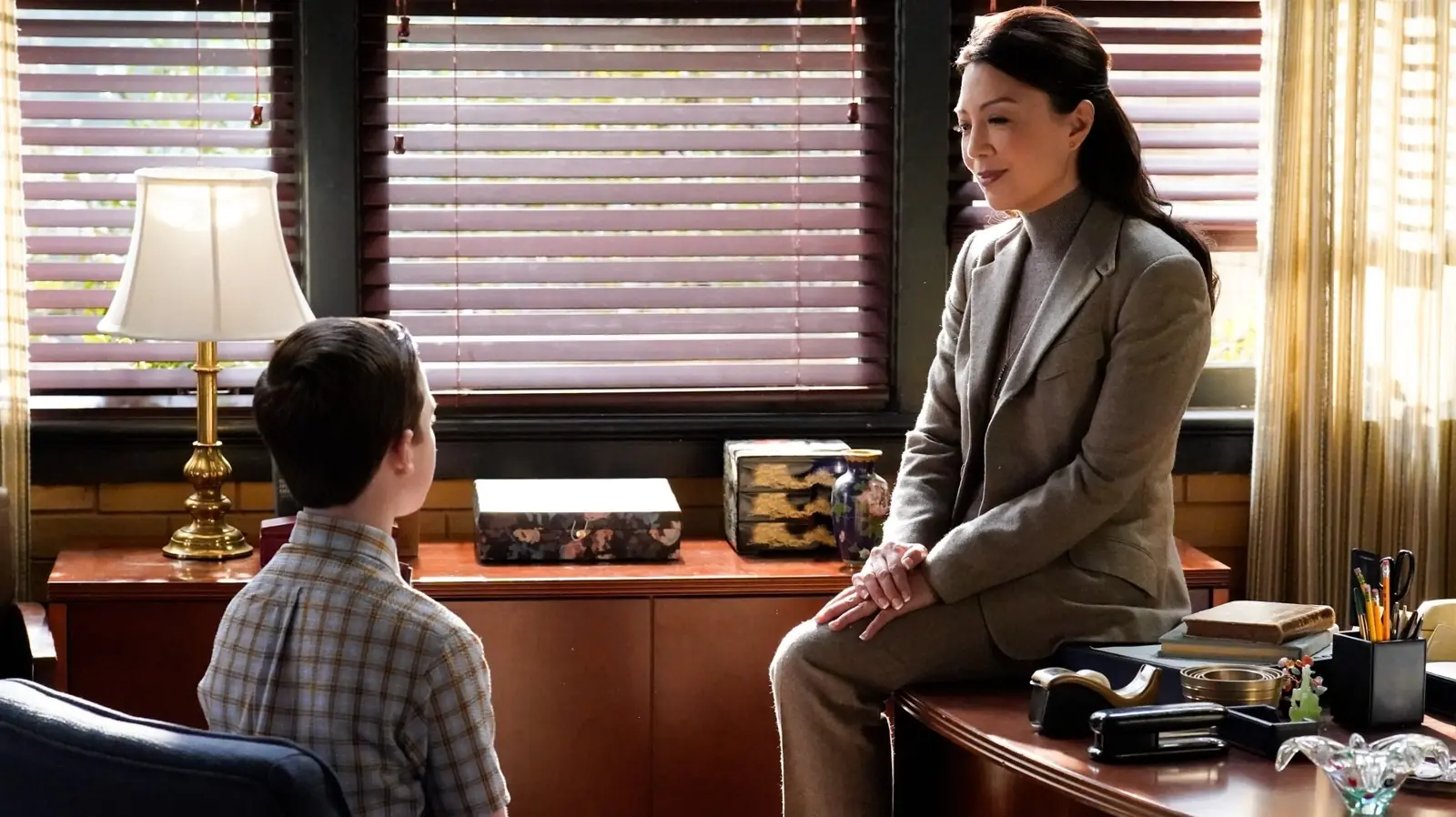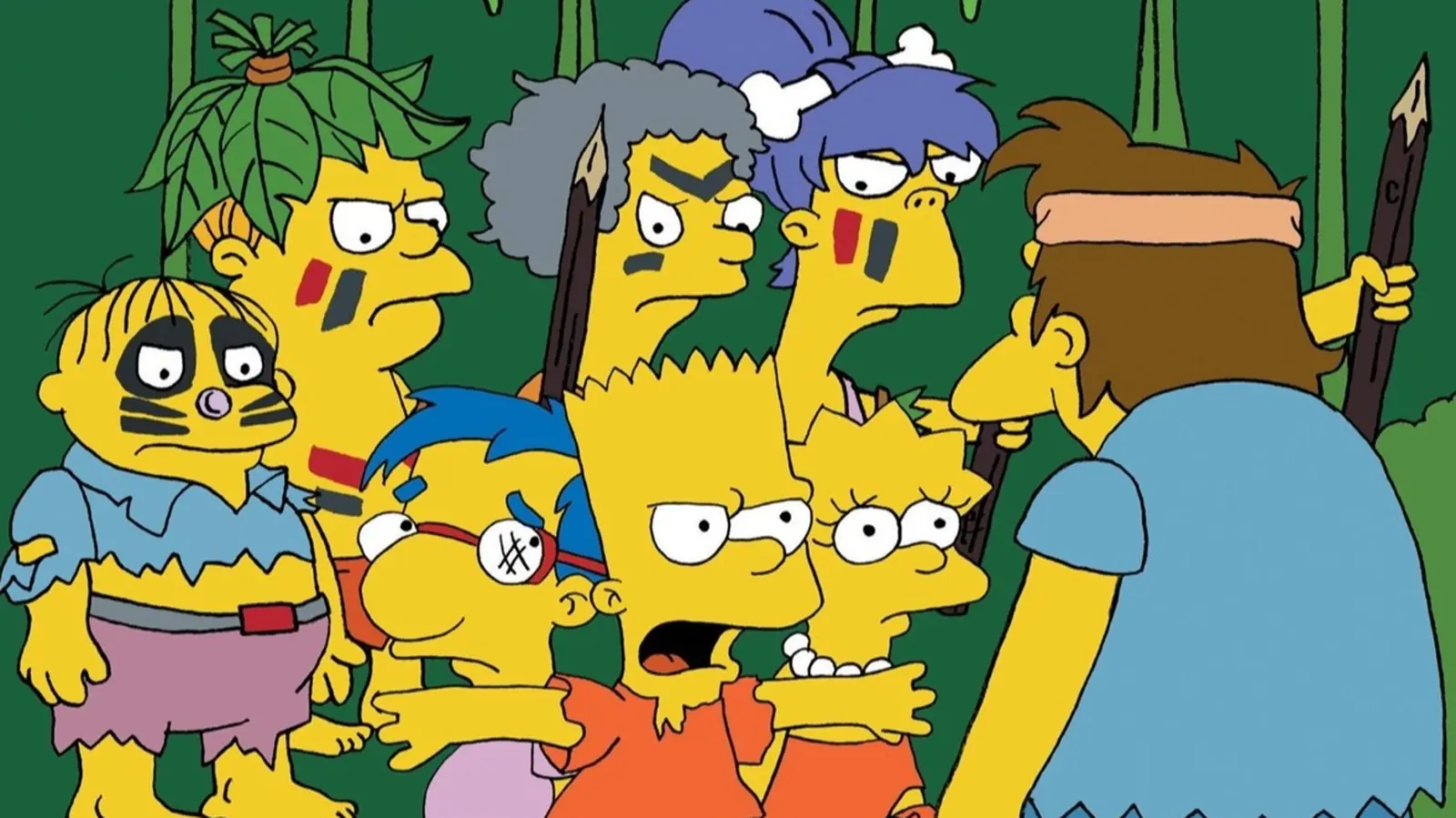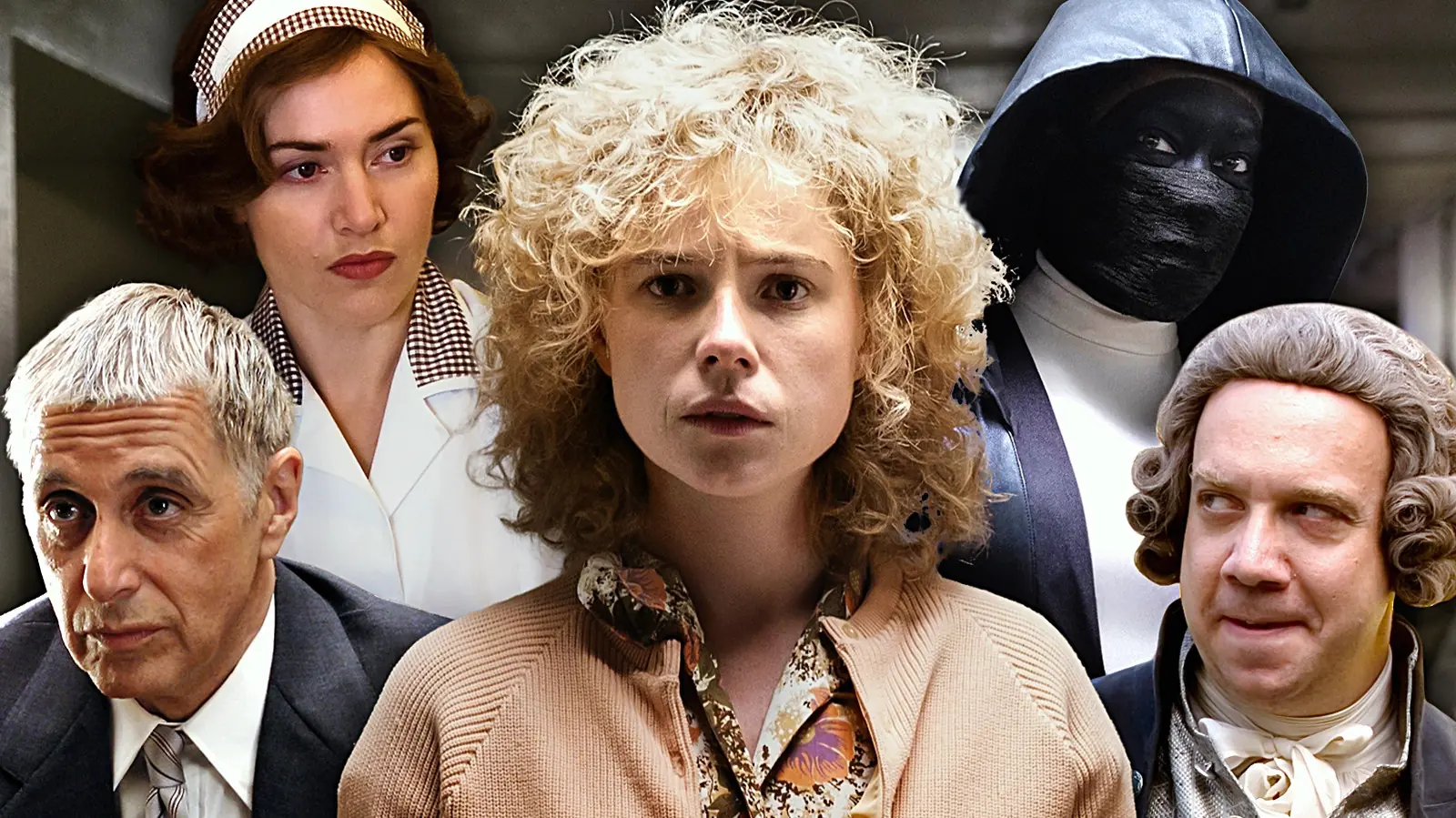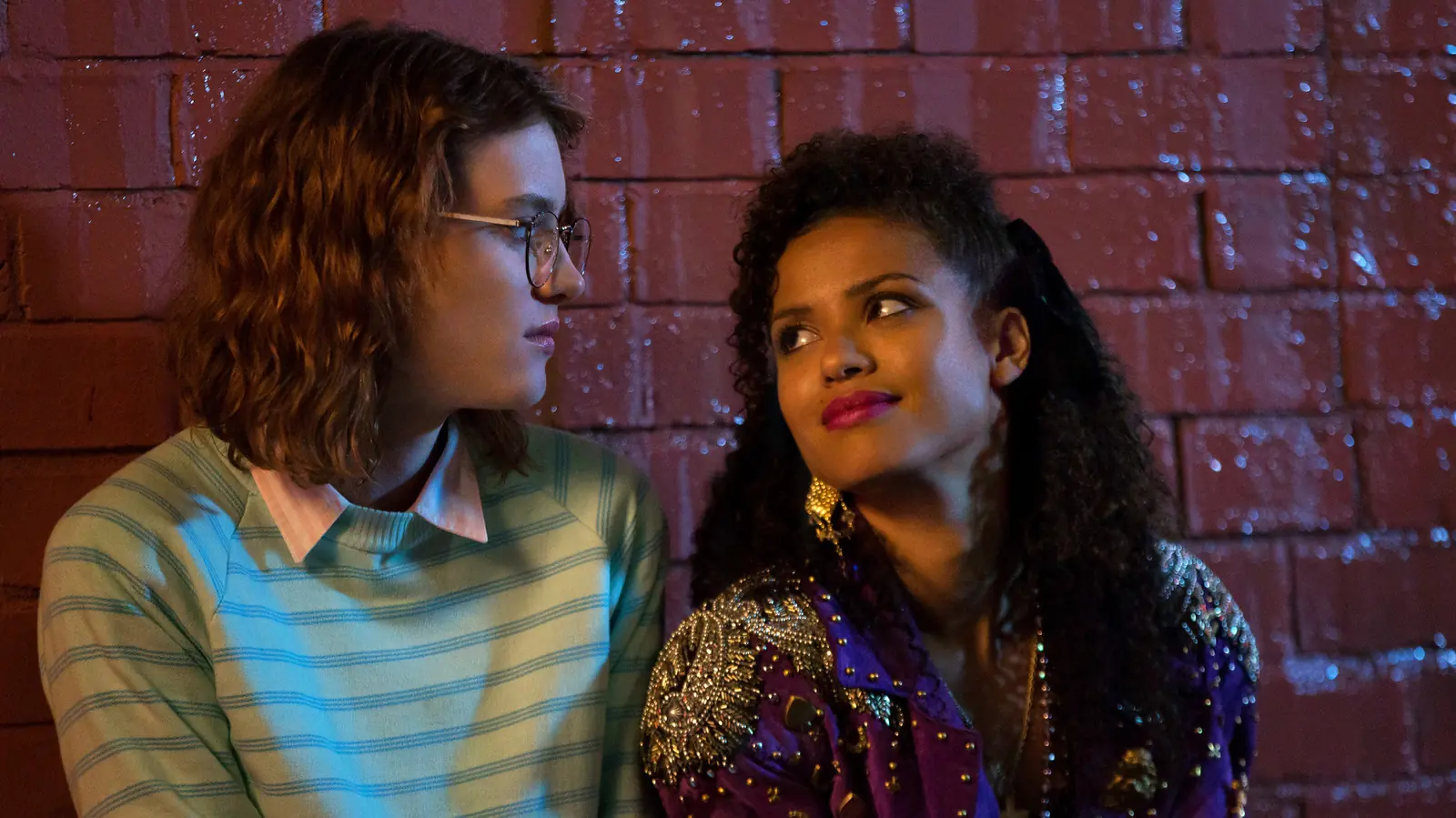The iconic thriller “Jaws,” directed by Steven Spielberg, almost deviated into an unexpected direction with a sequel that embraced comedy instead of chilling suspense. This fascinating spin on what became a legendary monster franchise highlights a path not taken that could have changed the cinematic landscape.
Originally released in 1975, “Jaws” remains a seminal piece of Hollywood history. Its blend of suspense, tension, and groundbreaking special effects captured audiences’ imaginations worldwide, making an indelible impact on the film industry. The film’s ubiquitous influence sparked a wave of similar genre films and sequels, though none could match the original’s critical acclaim or box office prowess.
Yet, amid the traditional sequels, there lay an unmade concept so audacious that it promised to flip the “Jaws” legacy on its fin: a comedic sequel. This twist on Spielberg’s horror classic wasn’t just a minor tonal shift; it sought to transform the franchise into something unprecedented and thoroughly unexpected.
The idea for a comedic take on “Jaws” stemmed from the creative minds looking to experiment at a time when franchises were starting to explore different horizons. Built on a foundation of success, producers were hungry to capitalize on the cultural phenomenon Spielberg’s film had ignited. Thus, the pitch for “Jaws 3” imagined a movie that stood starkly apart from its progenitors not by intensifying its horror, but by poking fun at its aquatic thrills.
This influential comedic approach was to be titled “Jaws 3, People 0,” an offbeat and self-referential concept. The proposed project aimed to lampoon both the filmmaking process and the public’s obsession with the original shark-infested waters, much akin to how Mel Brooks’ “Young Frankenstein” parodied classic monster movies.
The script, penned by National Lampoon alumni John Hughes and Todd Carroll, was rich with absurdity and biting humor. It painted the picture of Hollywood as it embarked on creating a sequel to “Jaws,” bringing the narrative more into the realm of mockumentary. The film envisioned showing the filmmakers as continuously thwarted by unforeseen shark-related incidents, blurring the line between reality and fiction in a chaotic, slapstick manner.
Notable scenes included a real great white shark rampaging through Hollywood, culminating in an attack on a major studio’s executive. This fusion of industry satire and physical comedy represented a daring blend of genres, as the movie set out not to just entertain but to comment on the very nature of film production.
However, the film was never made. Universal Studios, despite initial interest, ultimately decided to go a more conventional route due to concerns over the potential risk of deflating the original film’s legacy, which was held in high regard. The studio perceived that the comedic twist could dilute the brand, potentially jeopardizing future sequels and their profitability.
Instead, the studio moved forward with “Jaws 3-D,” which aligned more closely with the traditional formula of drama and horror, albeit with the added gimmick of 3-D technology. Unfortunately, “Jaws 3-D,” along with subsequent sequels, drifted far from the cultural phenomenon of the original, neither capturing its magic nor its critical reception.
While “Jaws 3, People 0” lingered in development limbo, overshadowed by mainstream attempts to recapture Spielberg’s chilling magic, it remains a fascinating “what if?” in film lore. Its ghostly script has transcended into a cult curiosity, the allure burgeoning with the unmade film’s audacity and creativity.
The concept of a comedic “Jaws” sequel stands as a testament to the creative vibrancy of the era and the resilience of the original film’s storytelling power. It would have challenged perceptions and expectations, allowing audiences to view the familiar through a transformative lens of humor. As it happens, the detailed satire that would nurse humor from horror never reached the screens, leaving in its wake speculation about what might have been.
Looking back, the unrealized project stirs a thought-provoking reflection on the scope of storytelling and the risks involved in tampering with a winning formula. It raises questions about the balance between preserving a film’s legacy and exploring new avenues to entertain and engage audiences.
As the landscape of film continues to evolve with genres constantly being blended to fresh effect, the saga of “Jaws 3, People 0” endures as a vivid reminder of the limitless possibilities within cinema’s creative process. It encapsulates a period when filmmakers dared to rethink genre boundaries, proposing inventive roads untaken, ultimately allowing the fans of cinema to ponder endlessly on the creativity that never manifested into reality.






